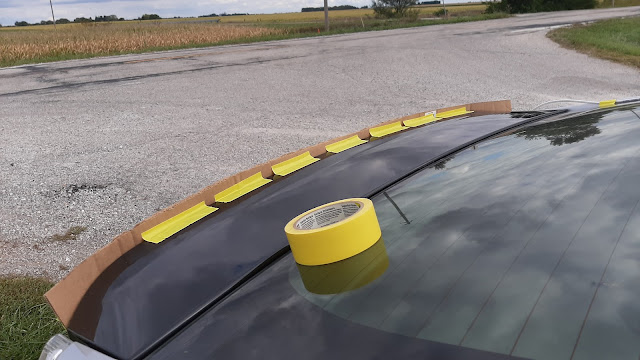Testing and Improving Stability: Part 1

Driving back and forth to a city about an hour and a half from here for rehearsals and a concert recently, I wondered if I could measurably improve the stability of my Prius. I was transporting and playing this, a 2008 Zuckerman Flemish double harpsichord. You can buy kits to put an instrument like this together yourself. As it usually is here in the Midwest, it was windy all three days I had to make that drive and I found myself paying attention to how much I had to turn the steering wheel to keep the car going straight down the freeway. I wondered, is it possible to give my car better directional stability? And could I measure anything that would tell me, objectively, if a change I make has an effect? Defining “Stability” Stability, in aerodynamics, is a complicated subject. It depends not just on the aerodynamic characteristics of a car but also how these interact with the car’s suspension, tires, weight distribution, and handling tendencies. It also depends on how the...


